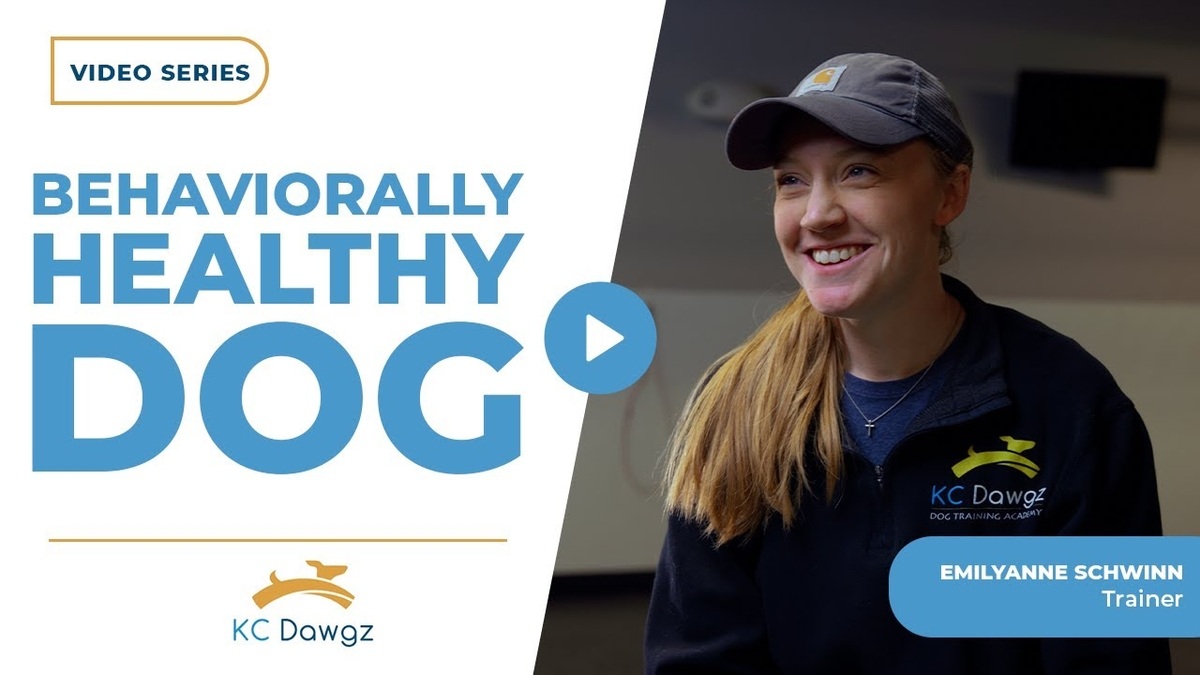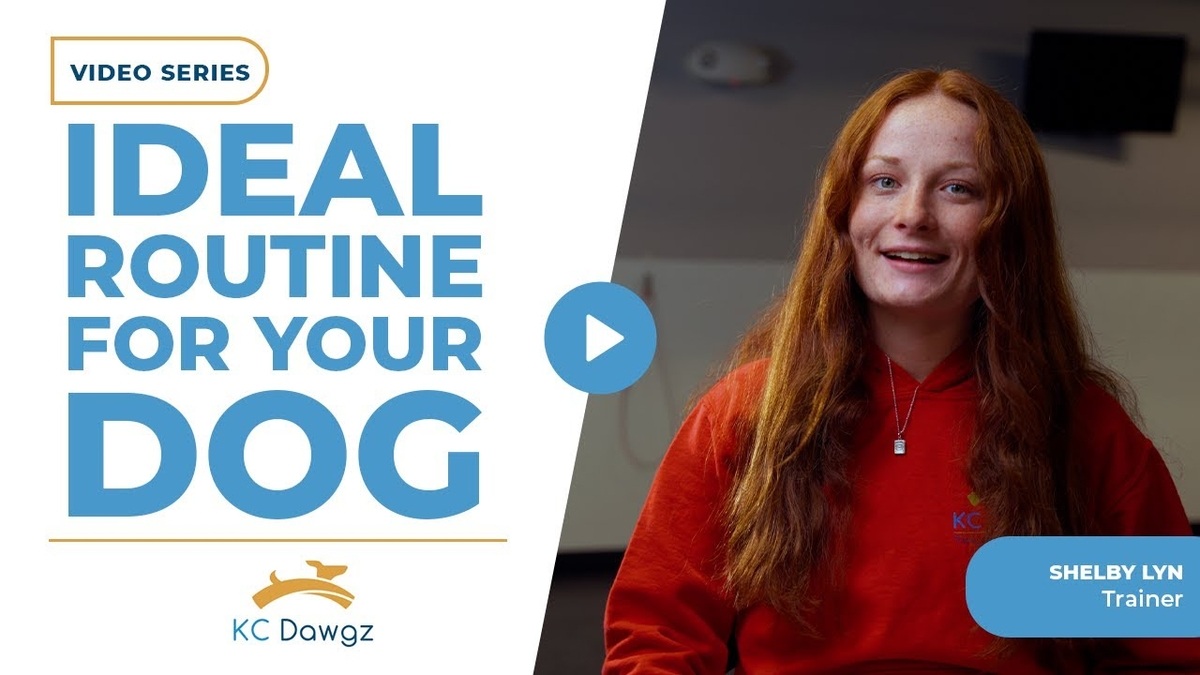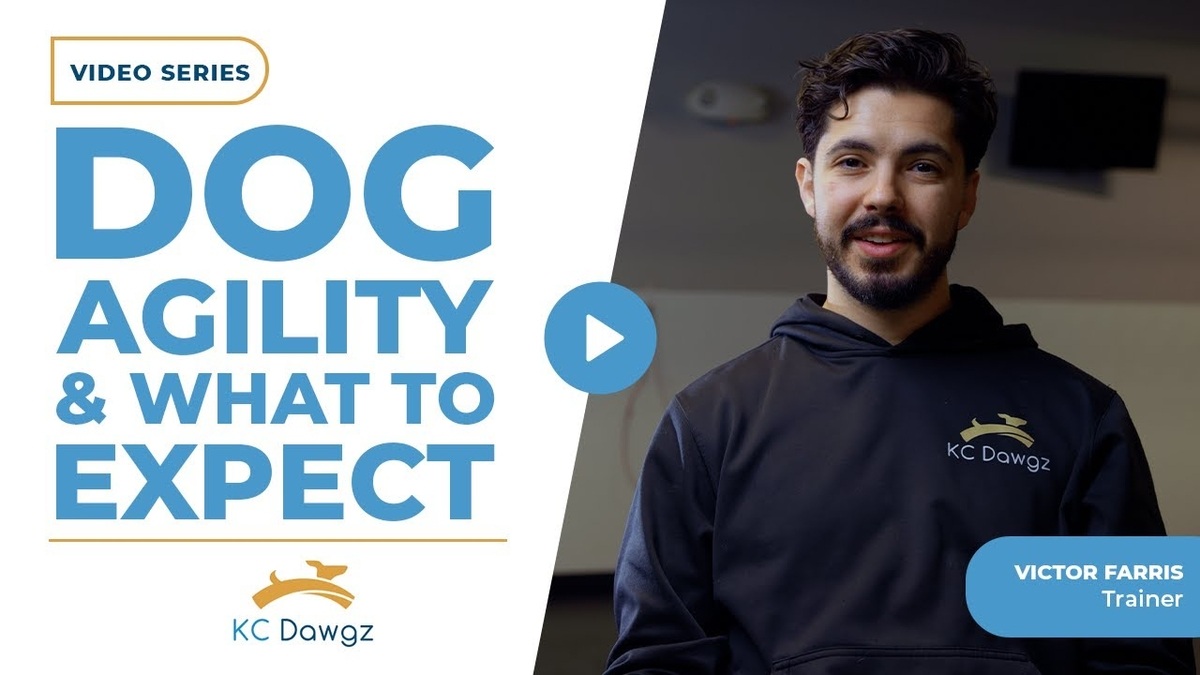Your dog just grabbed your favorite pair of shoes—again. But instead of chasing them around the house or risking a tug-of-war over the object, what if they willingly traded it for a treat? Teaching your dog to trade items with you is more than just convenient; it’s an essential skill for safety and building trust. Whether it’s a cherished toy or something potentially harmful, learning how to exchange items can make life easier and protect your dog from danger. With a clear and structured approach, you can easily teach your dog to trade items in a way that’s safe and enjoyable for both of you.
Getting Your Dog Interested in Trading Items
The first step to teach your dog to trade items with you is to get them interested in the object you want to trade. Start by offering your dog something they find valuable. This could be a toy, a chew, or even something as simple as a sock—anything your dog shows interest in.
Once your dog is interested, it’s time to introduce another high-value item. In most cases, this would be a treat. Hold the treat in front of your dog’s nose and allow them to think about it. Let them decide that the treat is worth trading for. When they drop their original item, immediately reward them with the treat.
Pro Tip: Create Distance After the Trade
After you’ve made the trade, it’s a good idea to create a small trail with additional treats. This encourages your dog to move away from the item they just dropped, giving you time to pick it up without any hassle.
The Importance of Teaching ‘Drop It’ and Recall
Teaching your dog to “drop it” is an essential part of this process. Having a strong “drop it” command in place is crucial, especially if your dog grabs something dangerous or unsuitable. Without this skill, retrieving the item could turn into a tug-of-war between you and your dog—a situation you want to avoid.
Additionally, a strong recall command is equally important. Puppies, especially, have a tendency to take off with an item rather than give it up. With a reliable recall, you can call your dog back to you before asking them to trade, which helps avoid any chasing or frustration.
Understanding High-Value Items for Dogs
The key to teaching your dog to trade items with you lies in understanding what they consider valuable. Dogs have different motivators, but some universal high-value items include:
- Treats and Food: This is often the most motivating for dogs.
- Toys: Especially squeaky toys or their favorite chew toys.
- Safe Spaces: Sometimes a dog’s crate or bed can be high-value if they associate it with safety and comfort.
Dogs see these items as essential for survival or enjoyment, so the better you understand what your dog values, the more successful your training will be.
Identifying Your Dog’s Motivators
Every dog is different, so it’s important to figure out what motivates your specific dog. Pay attention to their behavior around food, toys, and other objects. For example, if your dog comes running every time they hear a chip bag rustle, it’s likely that food is their main motivator. On the other hand, if your dog is constantly playing with their toys, playtime might be their preferred reward.
By identifying these motivators, you can tailor the trading process to be more effective for your dog. Some dogs might work hard for a treat, while others might be more interested in a game of tug after they drop an item.
Using Meal Times for Training
Mealtime offers a perfect opportunity to reinforce trading behavior. During breakfast or dinner, when you already have kibble on hand, practice trading with your dog. If your dog isn’t interested in trading for kibble, that’s a sign the kibble is a lower-value item for them. In that case, switch to a higher-value item to ensure they’re motivated to participate in the trade.
Training during mealtime also helps make the process a natural part of your dog’s daily routine, reinforcing the behavior consistently.
Steps to Teach Your Dog to Trade Items
To make the process as smooth as possible, follow these steps:
- Get your dog interested in an item they enjoy.
- Present a high-value item, like a treat, and offer it as a trade.
- Wait for your dog to drop the item in exchange for the treat.
- Reward immediately with the treat and create a trail of treats to lead them away from the object.
- Repeat the process regularly, especially during meal times or play sessions.
Remember, consistency is key. The more you practice, the more natural this behavior will become for your dog.
In Summary
Teaching your dog to trade items with you is a valuable skill that can prevent conflicts, keep them safe, and build trust between you and your pet. By understanding what motivates your dog, practicing during mealtimes, and reinforcing the “drop it” and recall commands, you’ll be well on your way to mastering this skill.
If you ever find yourself needing further assistance or guidance, don’t hesitate to contact us—we’re here to help with all your dog training needs!




